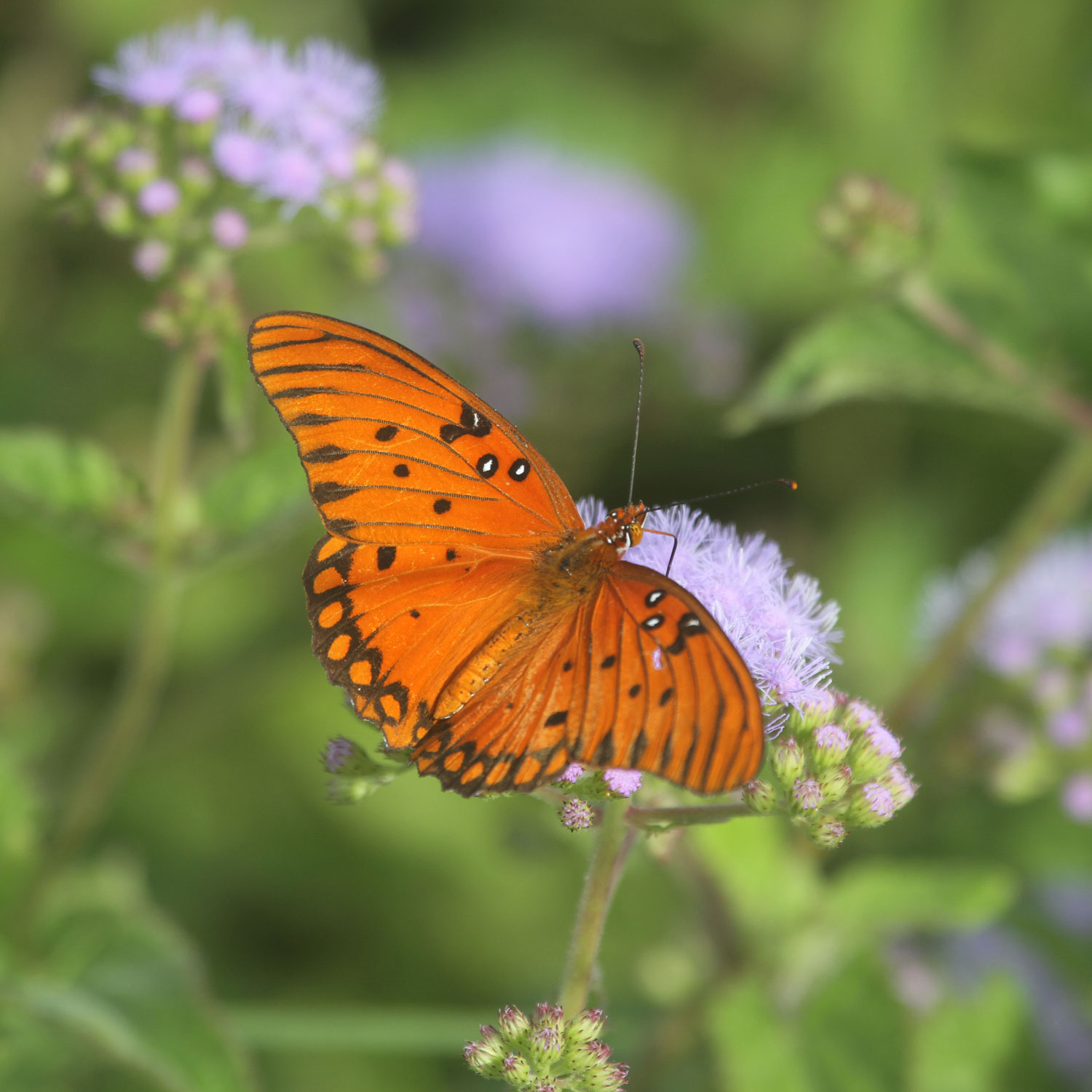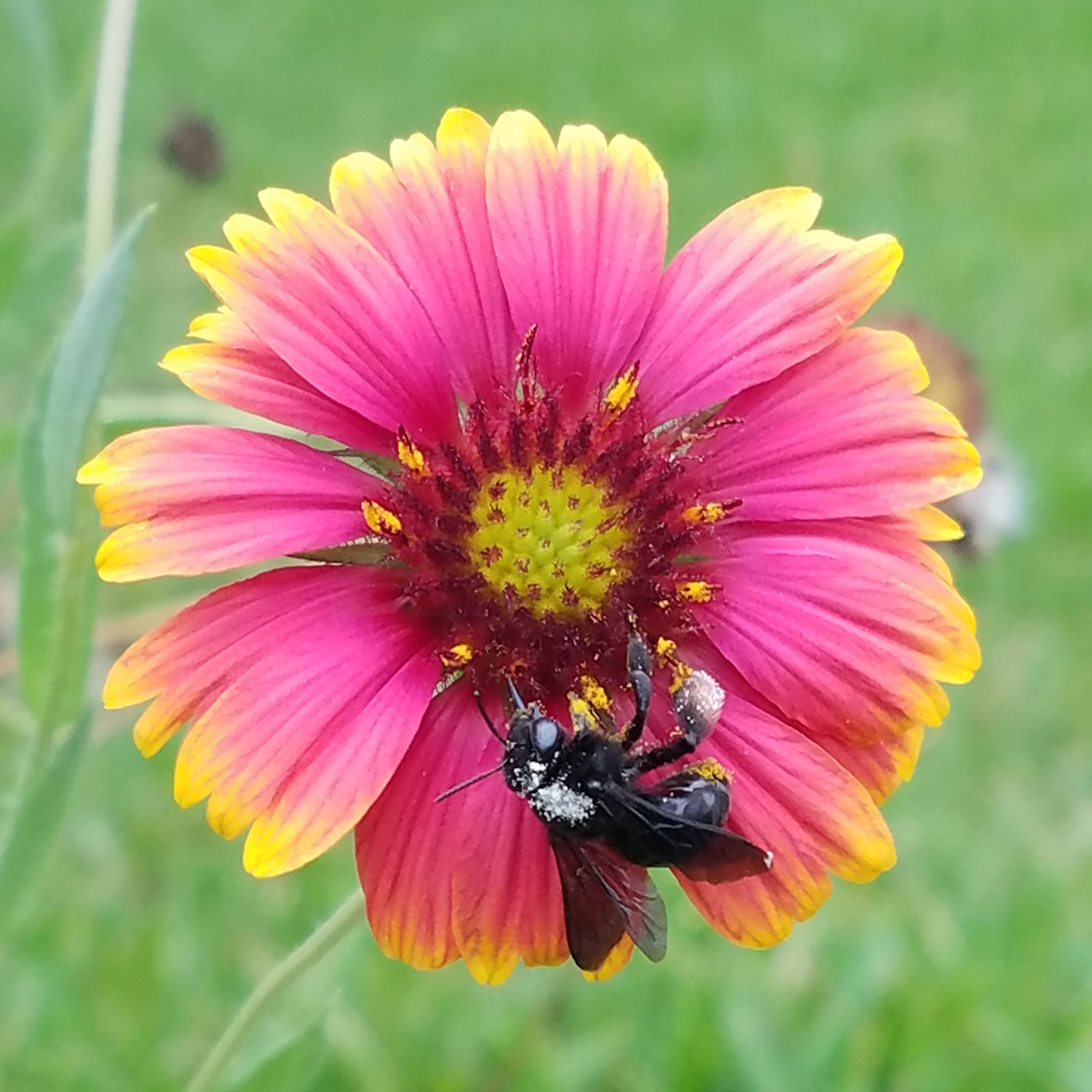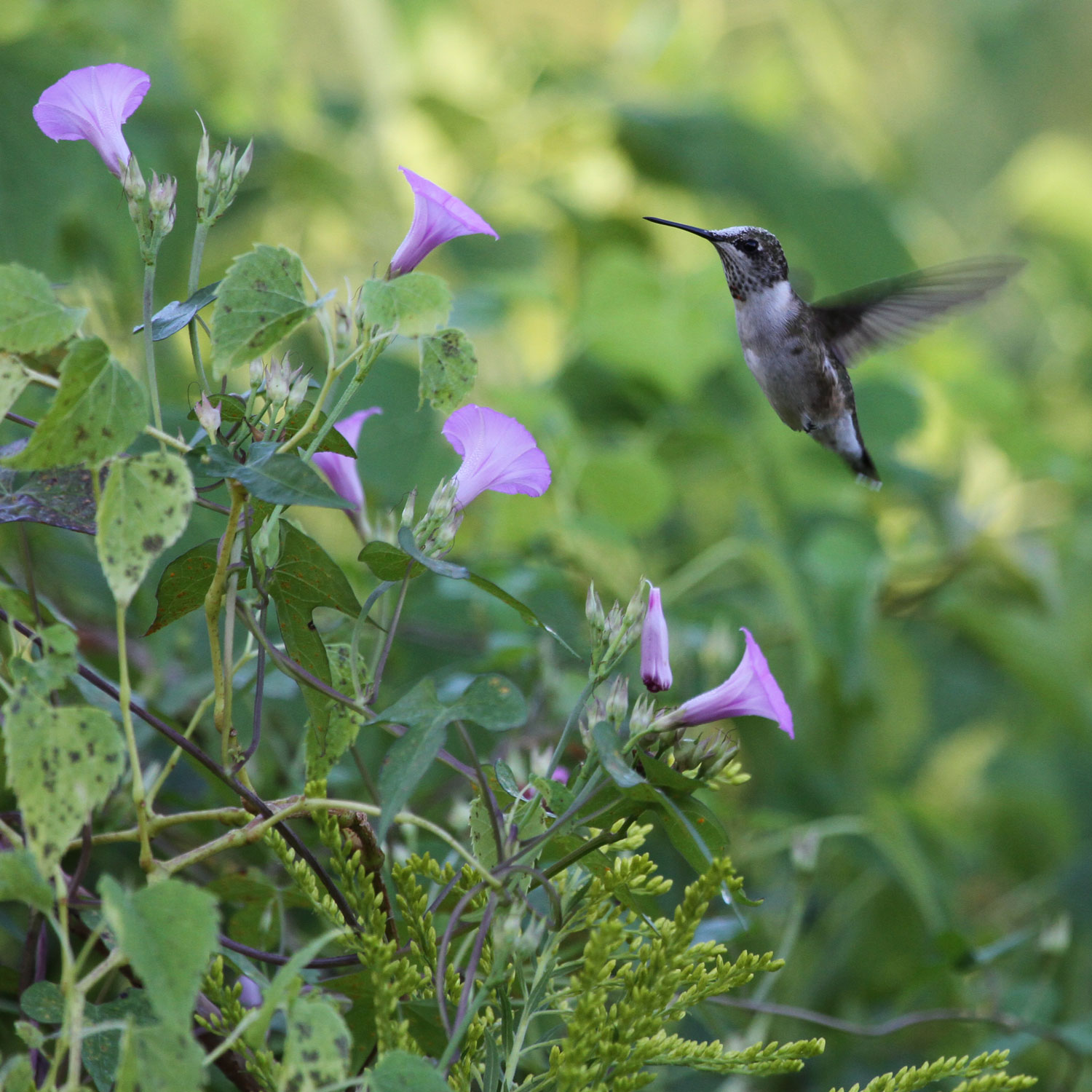Why Are Pollinators Important?
Did you know one out of every three bites of food we eat exists because of the efforts of pollinators, including many fruits, vegetables, and seeds?
Pollination is the act of transferring pollen grains from the male part of the flower to the female part of the flower of the same species. Successful pollination allows plants to produce seeds, which are necessary to produce the next generation of plants. Animals that assist plants in their reproduction as pollinators include species of bees, butterflies, moths, beetles, flies, ants, bats, and birds. Pollinators visit flowers in search of food, shelter, mates, and nest-building materials. When a pollinator comes in contact with the flower the pollen will stick to the pollinator to be transferred to the next flower they visit. Over 80 percent of the world’s flowering plants require a pollinator to reproduce. Pollinators are vital for healthy ecosystems that clean the air, stabilize the soils, protect from severe weather, and support other wildlife.
Pollinators need our help!
Populations of pollinators are declining around the world. The causes for decline include habitat loss, non-native species, herbicides, pesticides, climate change, parasites, and diseases.
Pollinator conservation is one of the new objectives within BTNEP’s recently revised Comprehensive Conservation Management Plan (CCMP). BTNEP aims to build a framework that encourages landowners to manage their land in a way that maximizes its suitability as habitat for pollinators. Pollinator habitat can range in size from small residential gardens to larger plots of land and still offer cumulative benefits to pollinators and the ecosystems that depend on them.
BTNEP program activities to support pollinator conservation include:
- Planting native milkweed and nectar plants to improve habitat for the monarch butterfly and additional pollinator species within public lands
- Providing native milkweed giveaway/educational outreach events
- Developing educational signage informing visitors about pollinator patches
- Developing a pollinator resource webpage on the BTNEP website
- Conducting a social media campaign to encourage residents to plant native pollinator plants within their own backyard
- Encouraging citizen scientists to monitor pollinators using the iNaturalist app




